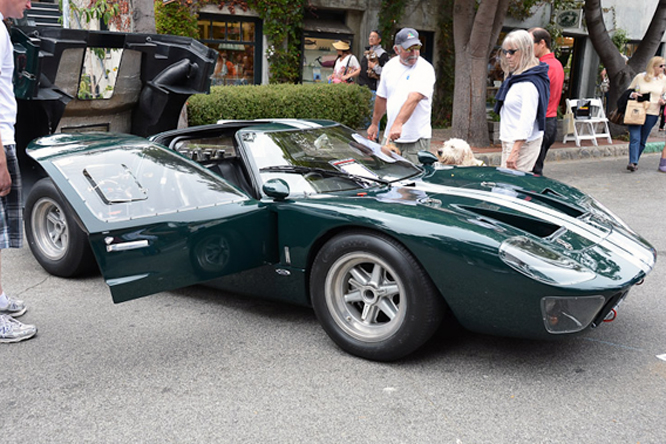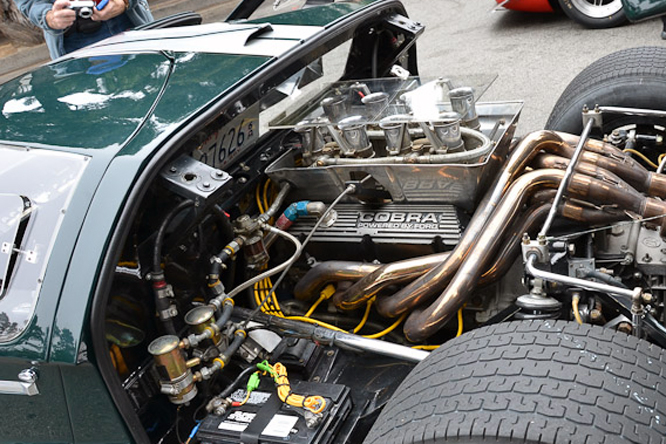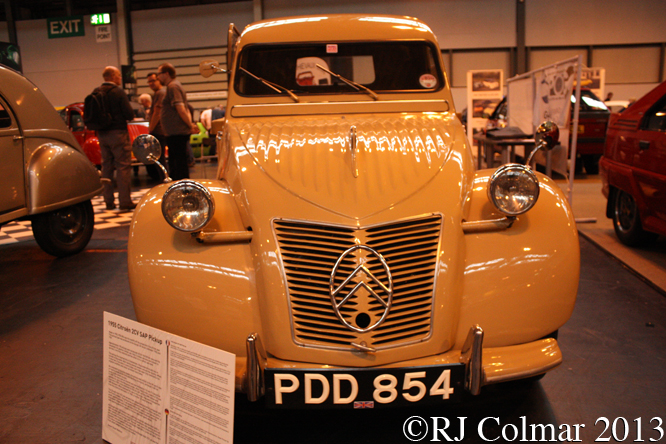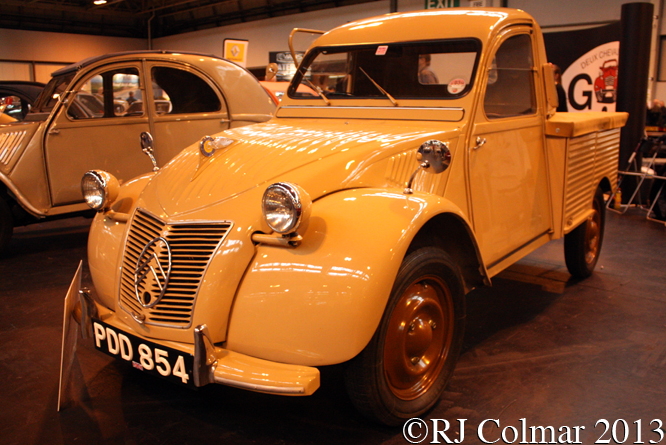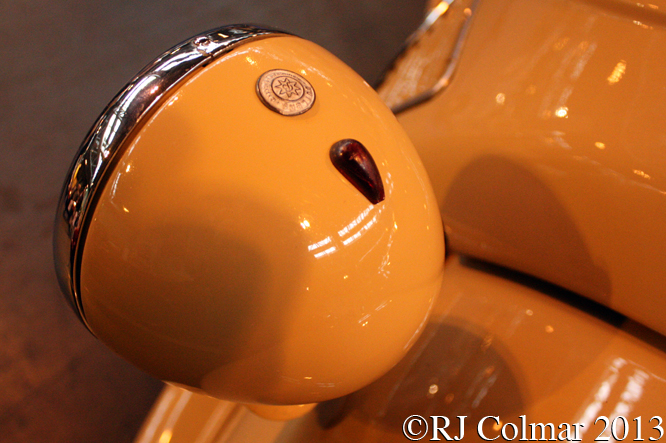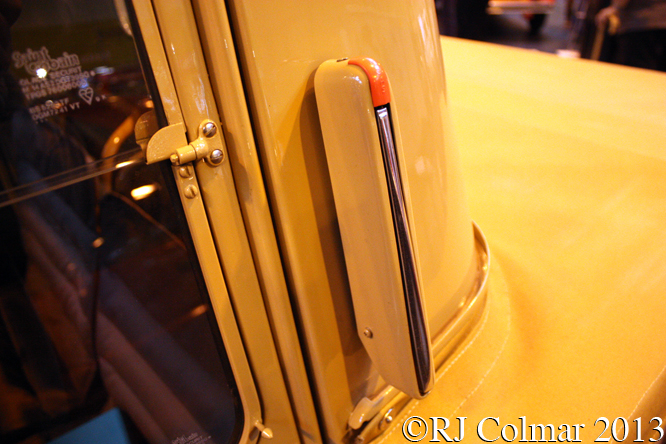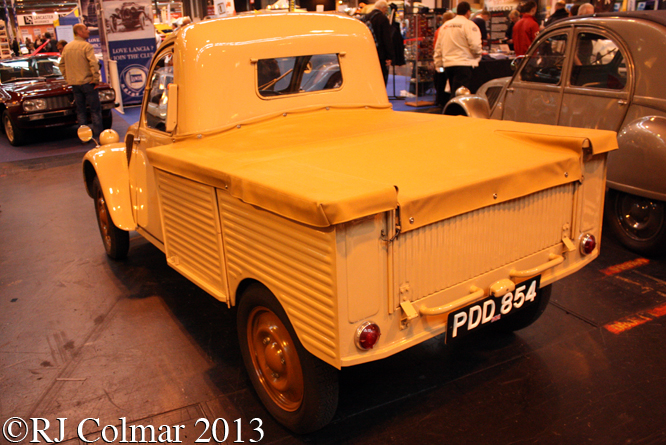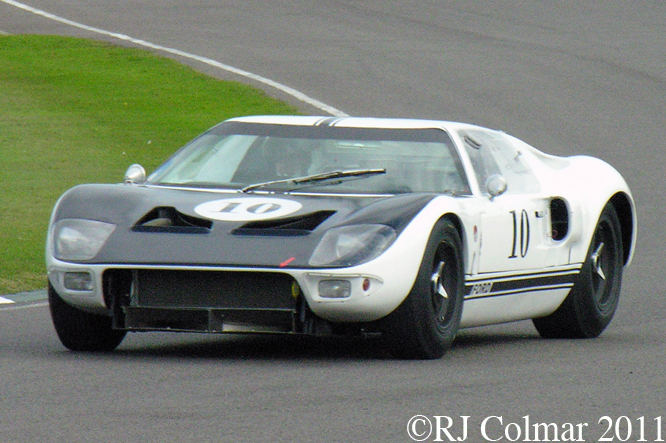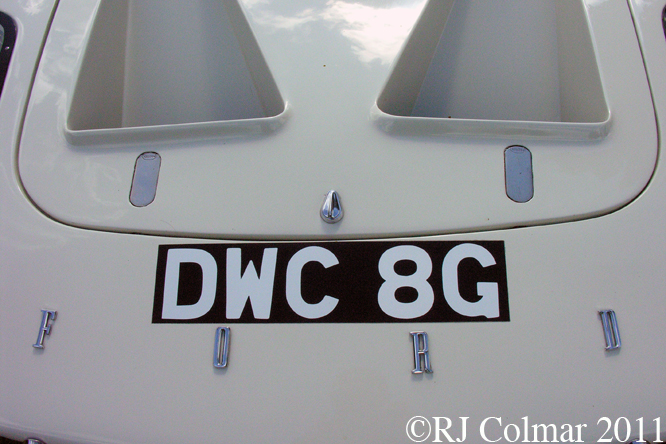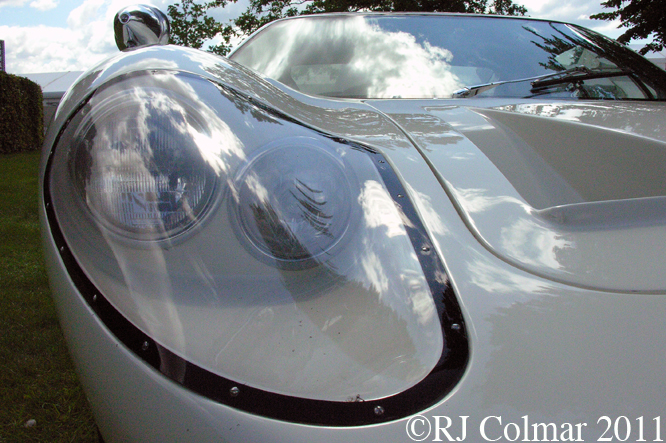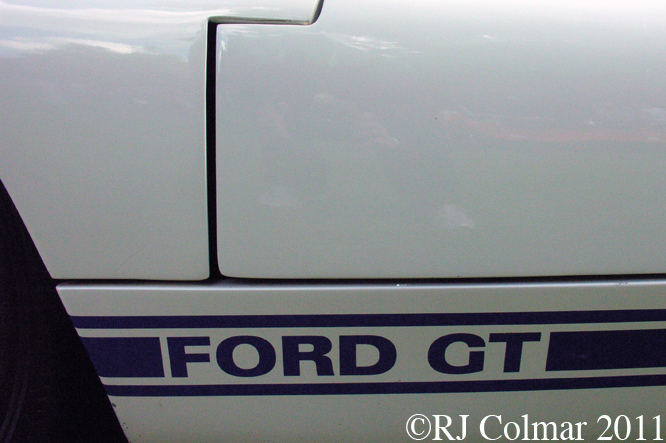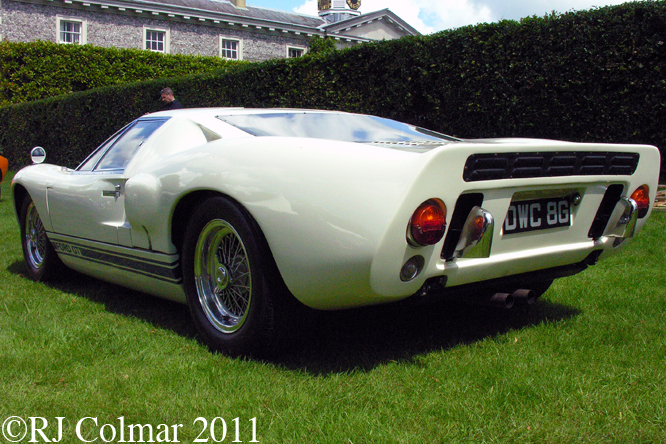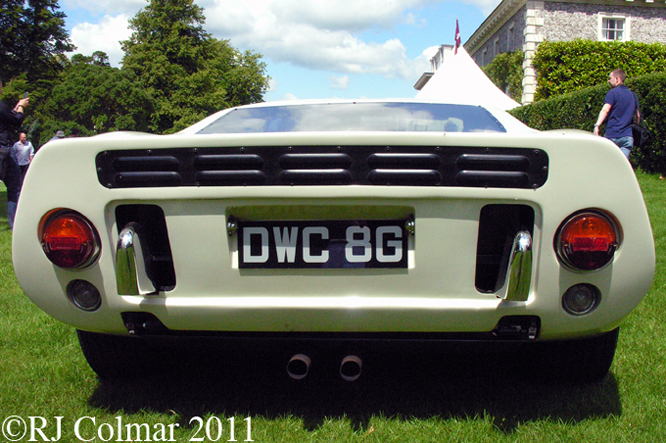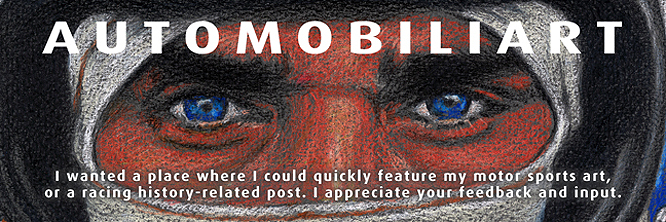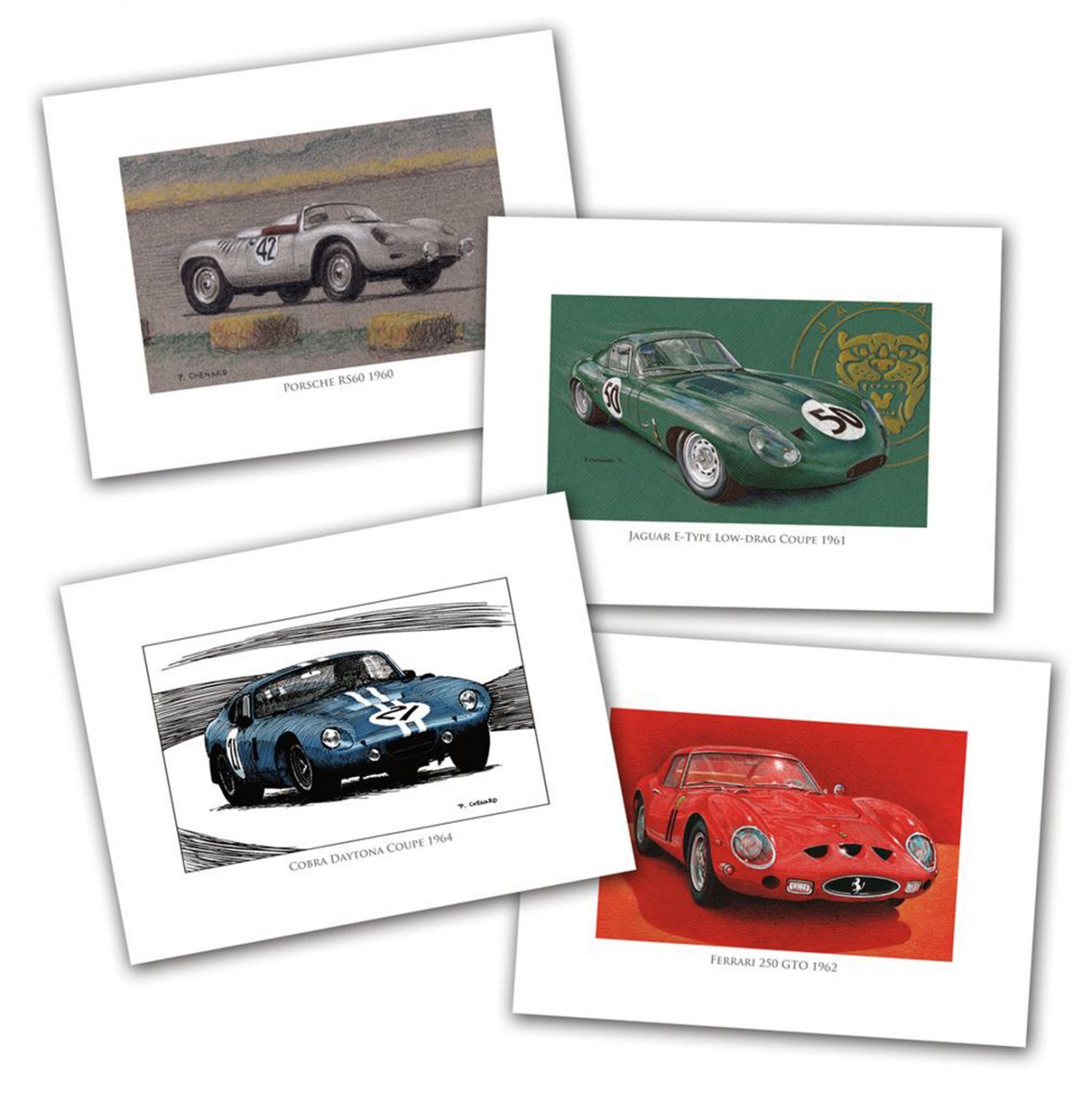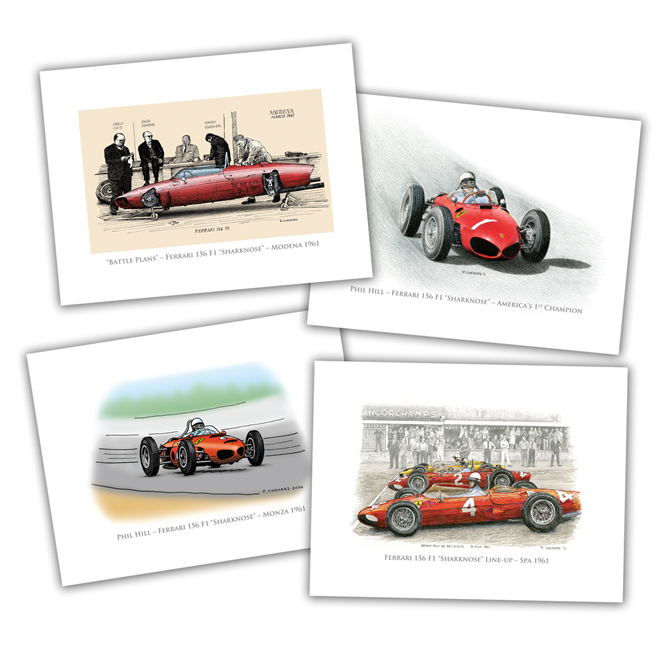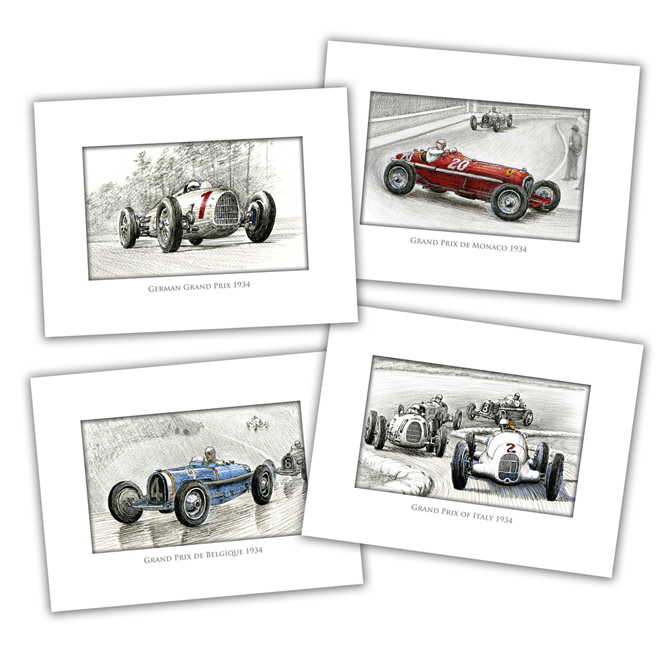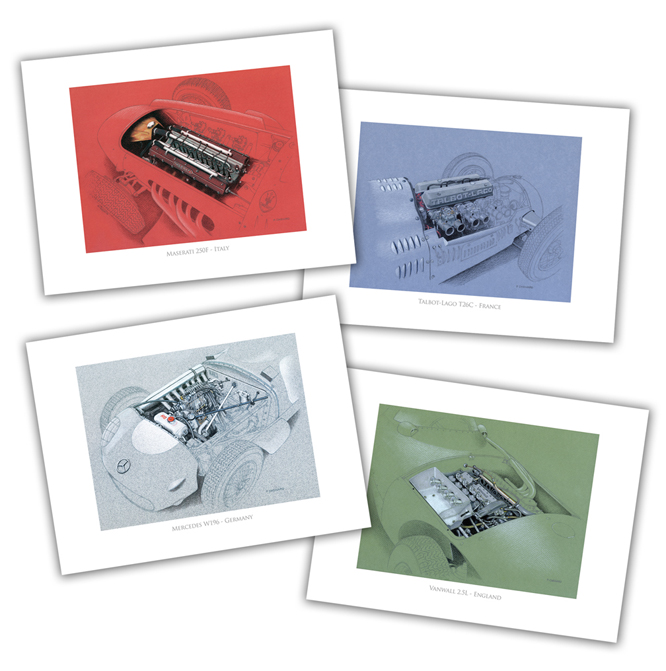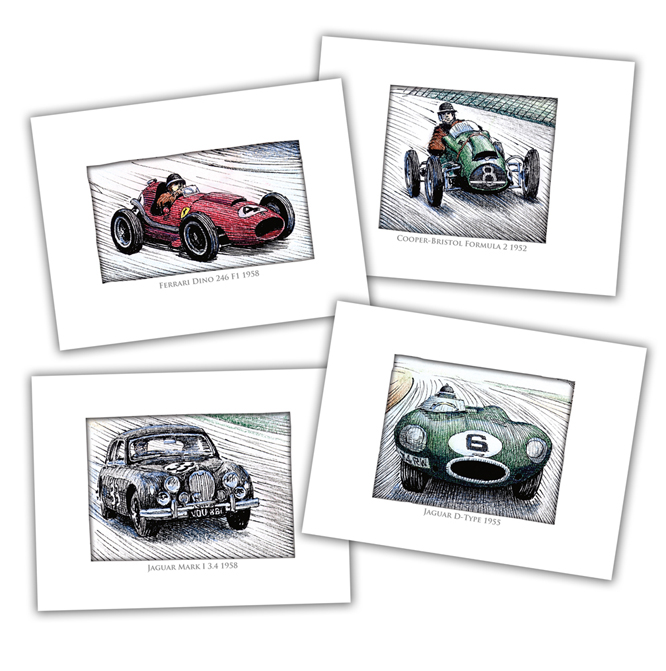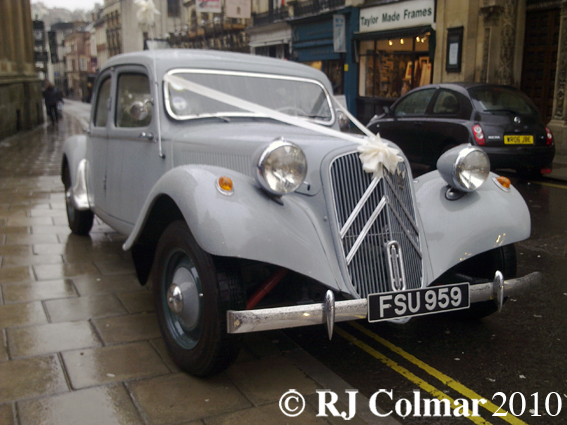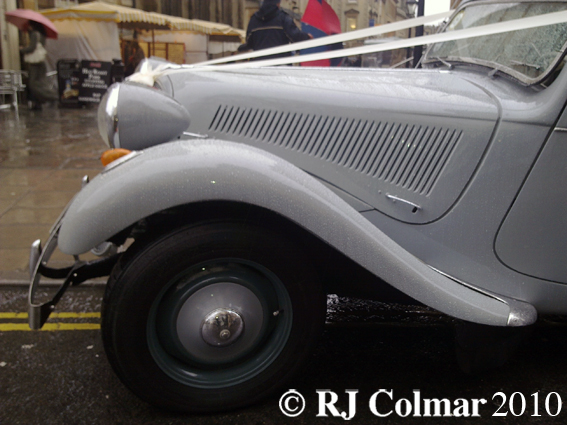Today’s featured car is a Ford GT40 Mk III chassis M3 1103, I believe the third of just seven built under JW Automotive’s direction at Slough.
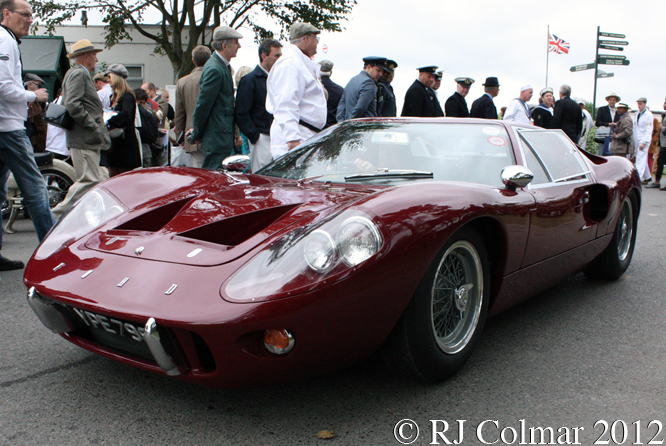
#M3 1103 was built in 1968 and sold to the Chairman of Beaverbrook Newspapers Sir Max Aitken who kept it for four years before selling it to someone who had flared wheel arches fitted to accommodate alloy wheels and repainted white with blue stripes.
The third owner kept the car at the National Motor Museum in Beaulieu for many years through the 1980’s.
CKL Developments were responsible for preserving #M3 1103, which has less than 6,500 miles on the clock to it’s original condition and correct deep red colour for it’s forth and current owner.
Since my original GT40 Mk 111 post I have found out that the tailpipes on the Mk III were lowered to run alongside the gearbox, as opposed to over the top of the gearbox on all previous incarnations of the GT40, which allowed for a larger luggage space on top of the gearbox with the disadvantage that the luggage was now much warmer than had previously been the case.
The white car featured a couple of years ago is #M3 1107, the last of the GT40’s to be made in Slough, it has been retained by Ford since the day it was completed. #M3 1107 has been seen in numerous museums and for a while was used as personal transport by Ford’s über Public Relations executive Walter Hayes while he was based at Ford HQ in Dearborn.
#M3 1103 is seen above at the Goodwood Revival meeting where both it at #M3 1107 are regularly used as course cars during the running of the Goodwood Revival race meetings.
Thanks for joining me on this “Lower Exhaust More Hot Luggage” edition of “Gettin’ a li’l psycho on tyres”, I hope you will join me for a look at a one off vehicle commissioned from Ferrari and Pininfarina. Don’t forget to come back now !
Brighton Speed Trials Under Threat of Permanent Cancellation !
In their infinite wisdom, Brighton & Hove City Council are seeking to ban the Brighton Speed Trials from 2014.
If you care about speed and or motorsport history, please sign this linked petition to save Brighton Speed Trials in 2014 and beyond.
It’s a faf to Register before signing, but relatively painless compared to loosing the event which has been run with few interruptions since 1905.
You do not need to be resident in Brighton or even the UK to sign.
Thanks and please spread the word through whatever social media you have at your disposal.


